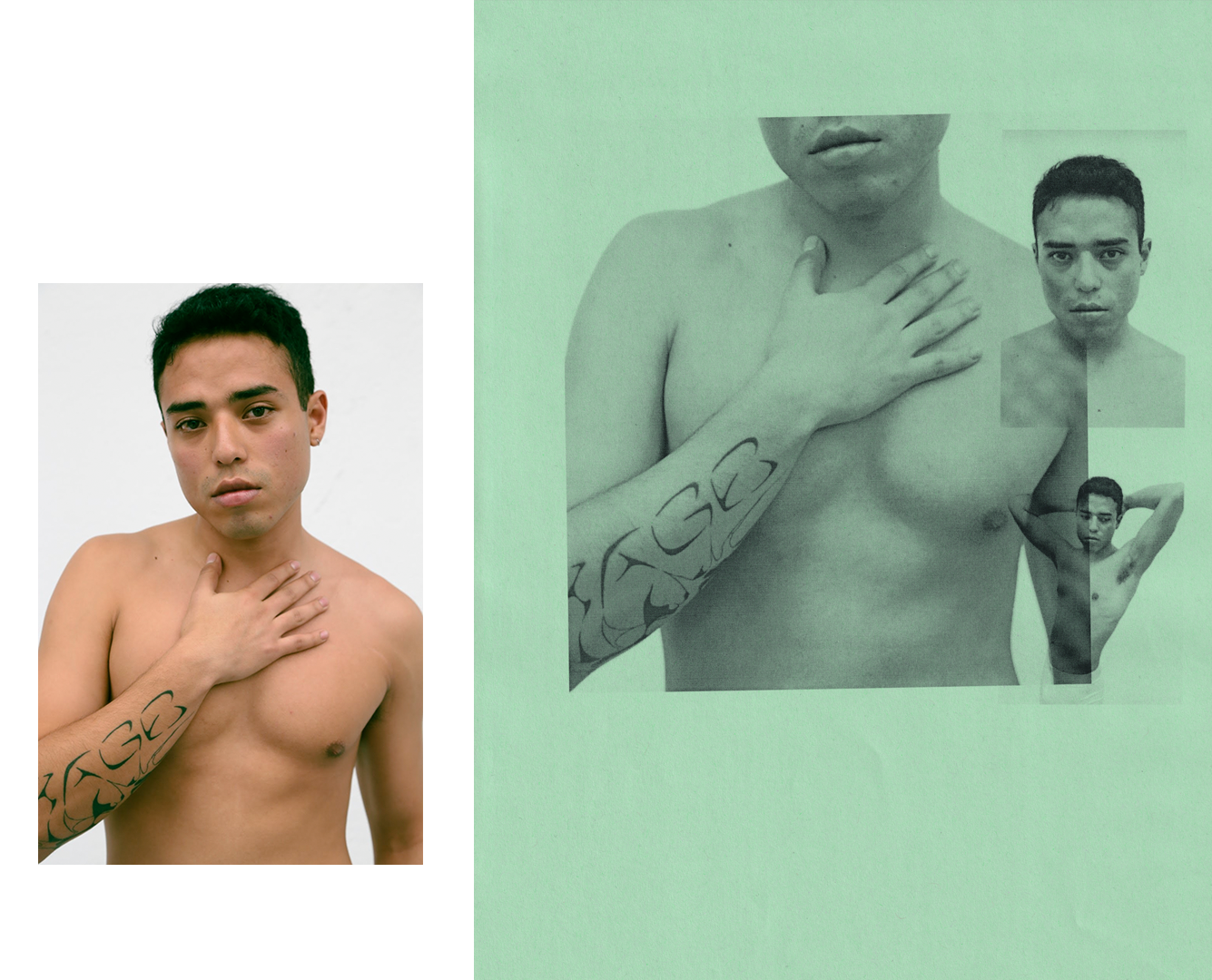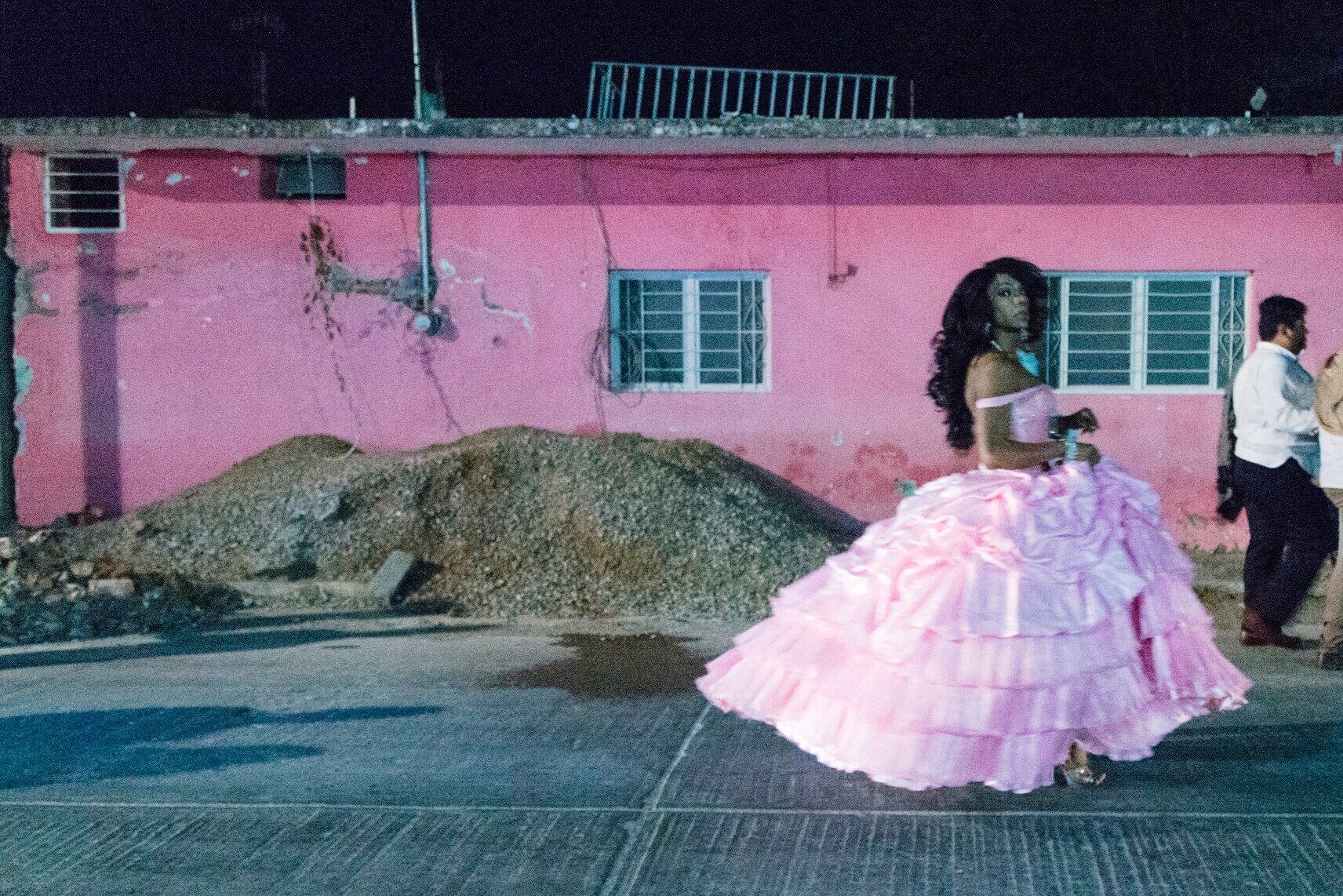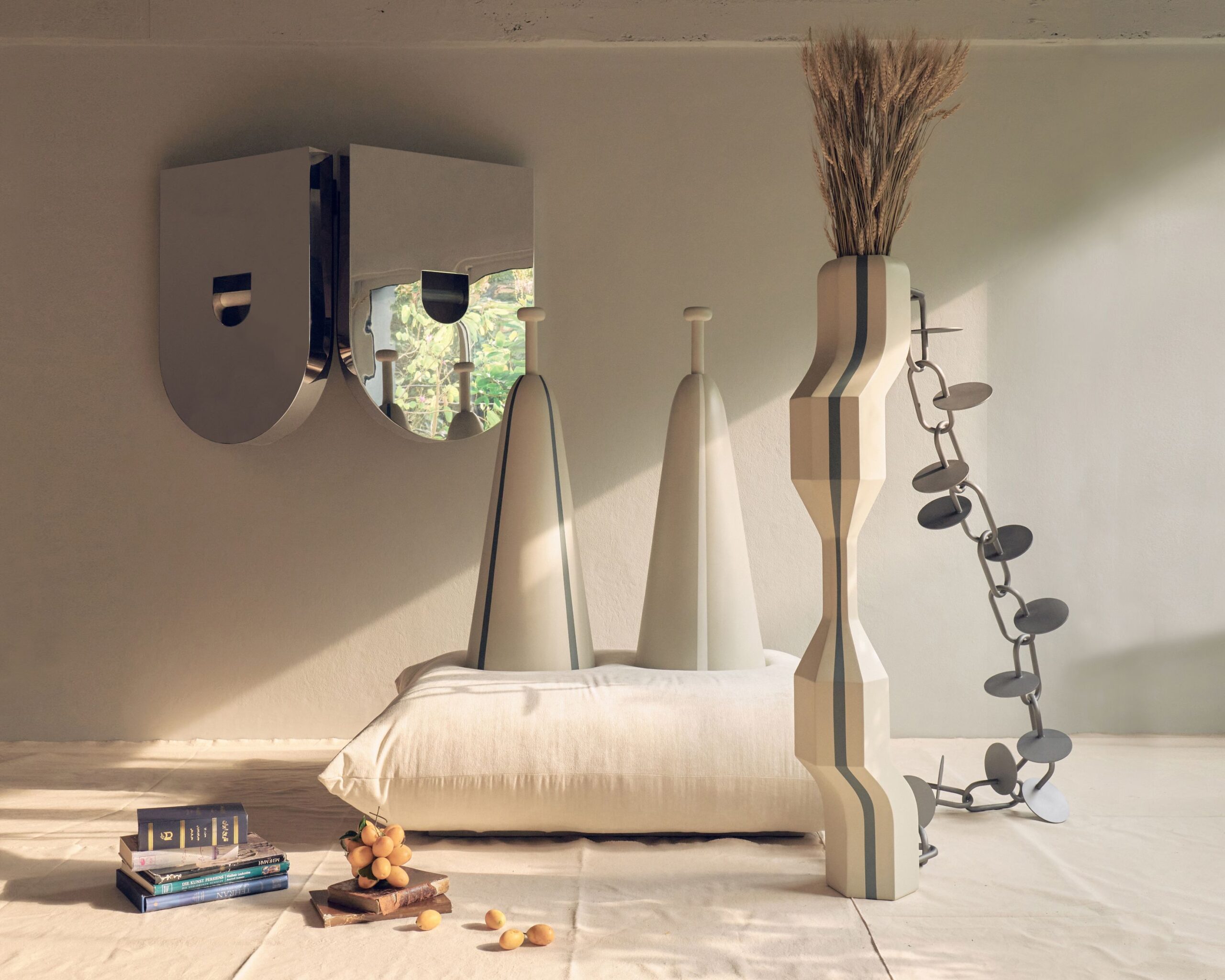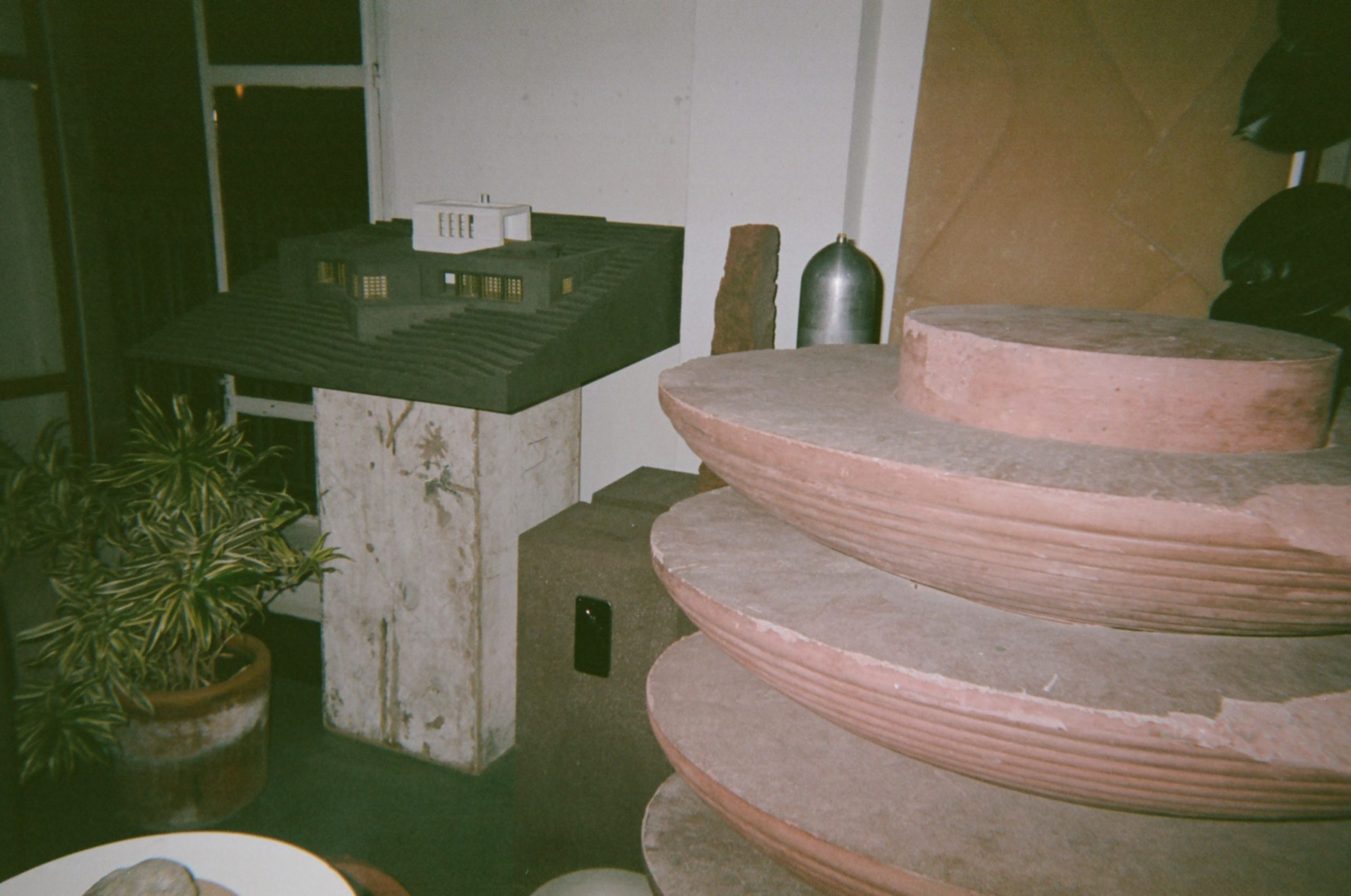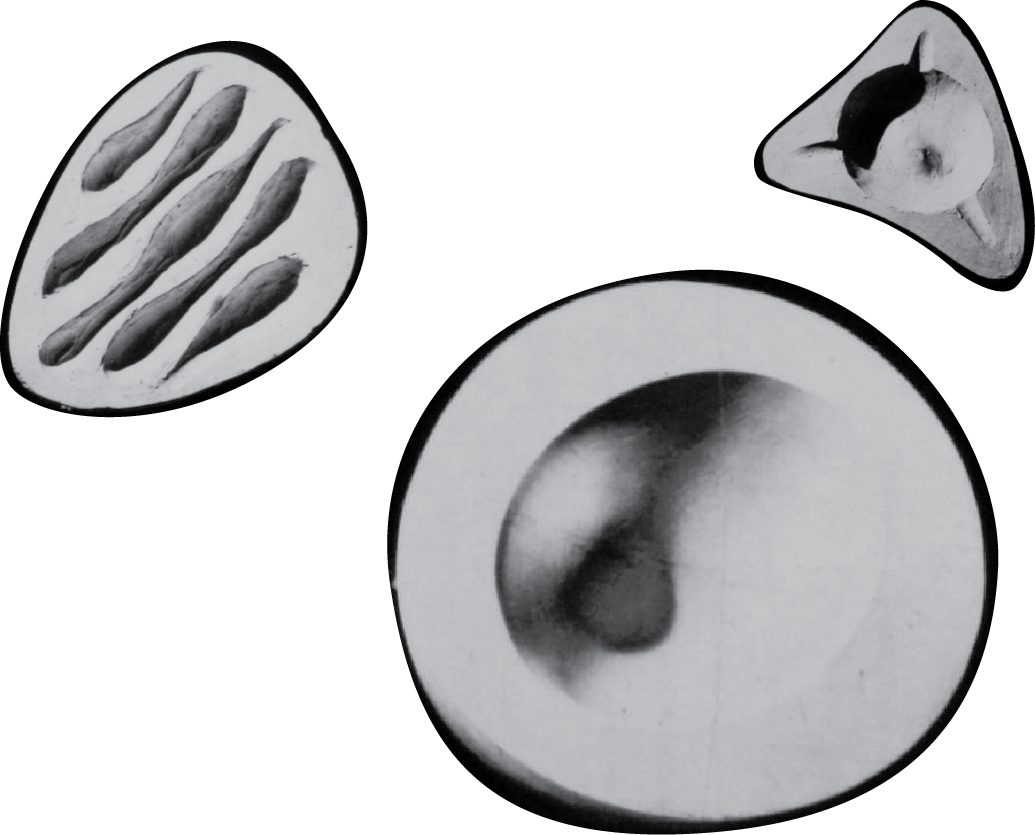REPRESENTATION IS IMPORTANT, DIVERSITY IS NO LONGER OPTIONAL SAYS MARÍA OSADO OF GUERXS
Photography by Adrian Fierro Lara. Visual Art by Liz Zepeda.
Courtesy of Guerxs

Guerxs is a casting and modeling agency based in México City that was launched in 2016 by Founder and Casting Director, María Osado who was still attending university at the time. The agency was born out of a restlessness of not seeing people she encountered in her daily life represented in media and advertising. “No one looked like anybody that I actually saw on a daily basis, there was this parallel bridge between reality and media primarily on the modeling side”. In Spanish, Güero means light skinned man, Güera means light skinned woman, terms traditionally and predominantly seen, sold and celebrated as beauty in a country with complicated racial and ethnic identities. México’s history is one of colonial conquests, diverse Indigenous heritage and a deeply engraved narrative that the lighter your skin, the better off you are. By using an X to replace the feminine ‘a’ and masculine ‘o’ sex of the Spanish noun—Guerxs chooses to disrupt not only binary gender terms, but the stereotypical standard of beauty in México, both internally and externally.
For María Osado, the project began as a commentary about the lack of representation in that moment. Street casting in places like busy markets brought greater visibility to bodies, personalities, ways of living, geographies and socio-economic stratas. Her instinct was to collaborate with mostly novice models in localities in and around México City to bridge media and fashion industry beauty standards with her actual experience.
Near her desk hangs a collage of all the faces she’s worked with over the years. Some models needed to be convinced that they belonged in front of the camera. At the end of the day, it was a gamble for both models and established clients like Levi’s, H&M and Nike to go down this path. Today, Guerxs models are visible in campaigns for Bottega Venetta, Loewe, Carolina Herrera, while also collaborating with boundary pushing brands like Barragán to further the narrative that representation is important and that diversity is no longer optional.
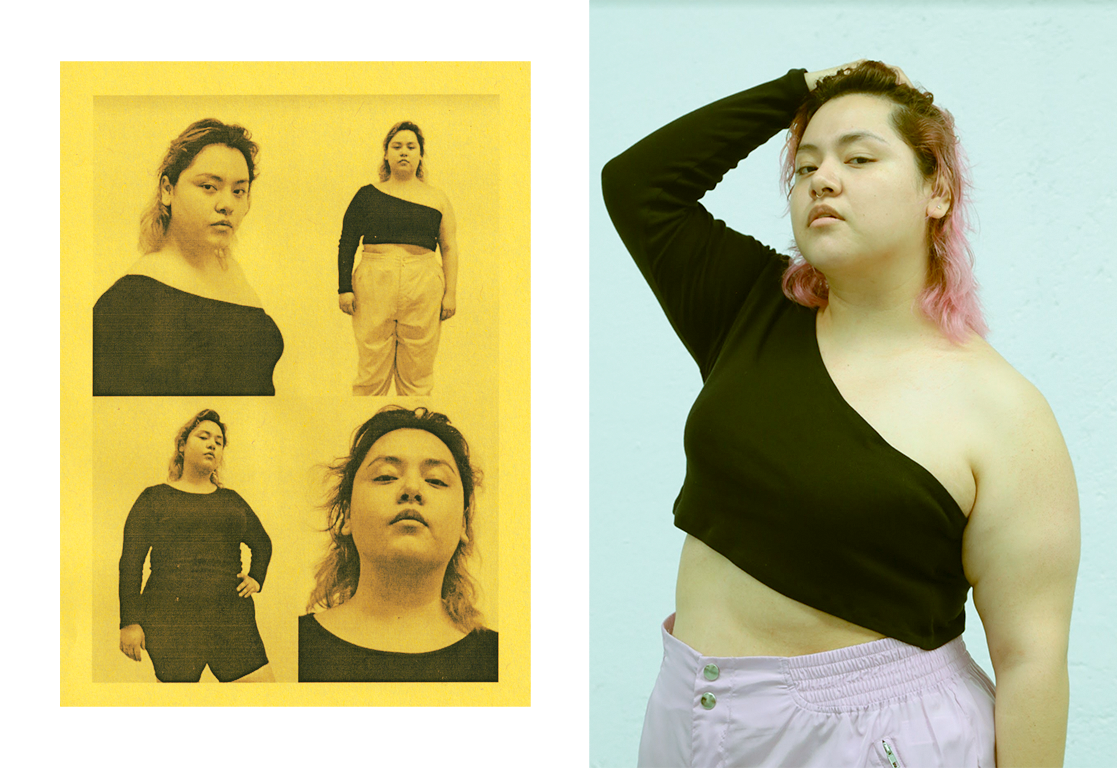
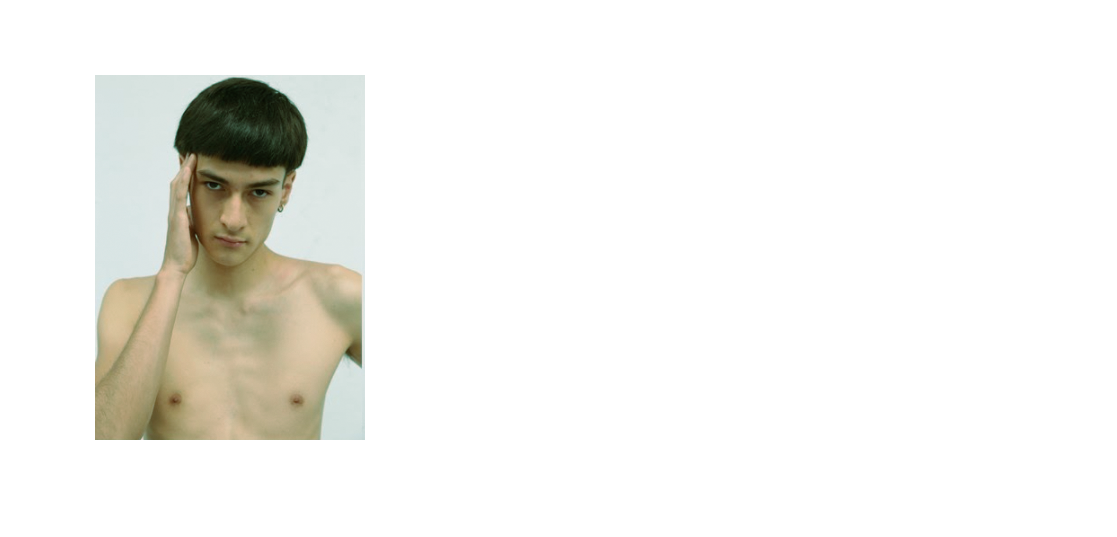
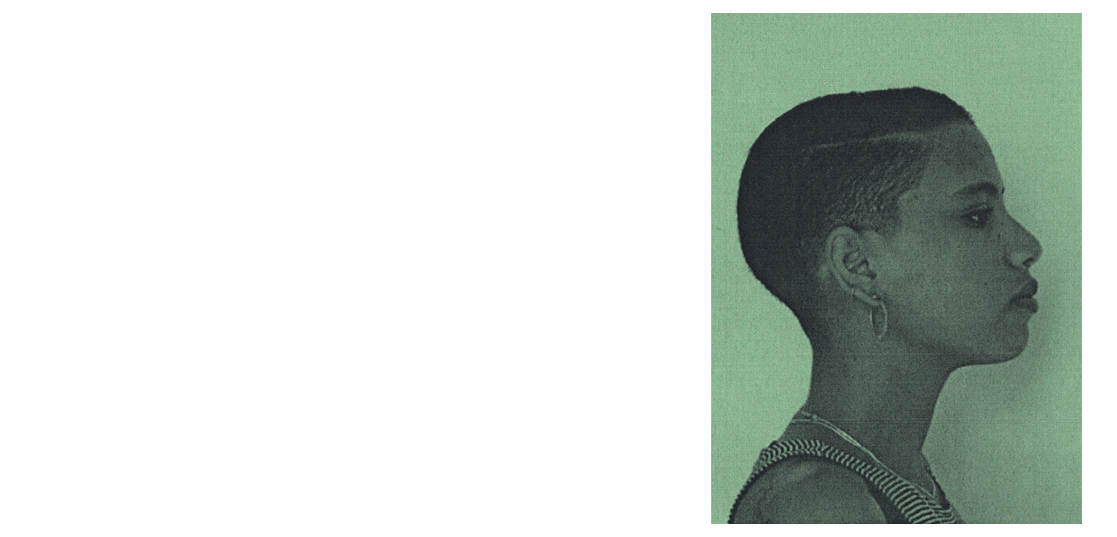

Bella Luna: Why was it important to start a modeling agency in México?
María Osado: About five years ago, I had this apprehension of not seeing people who looked like me, represented. I think things usually begin from a personal place, then extrapolate into a greater realization—no one looks like anybody that I actually see on a daily basis. It was this parallel bridge between reality and media primarily on the modeling side. My work has expanded and my goals have changed a lot since then, but in the beginning that was it, just the looks. I wanted to bring visibility to different bodies and skin colors that are much darker. Especially in México where prejudice is so often linked to skin tone. Obviously it was really important to me, to see different colors, different bodies, different sexual identities.
Another reality is our role working with local versus international companies. One of the challenges of working with international clients is that the majority of the time, we are the only element of the production team who are Mexican, who are local. And what happens is they come with their notions of what is Mexican, and you come in contact with perceptions that make you a little uncomfortable and you say, Wow! Ok! So you’re the one who knows what México looks like! And often, especially in the beginning we were simply providing a service, we’re not the creatives. Of course you ensure that the work aligns as much as possible with your values, but it was also about getting work. Today, one of the changes in how we work is that we’re comfortable saying, not all projects are for us. I have beliefs and convictions, but at the same time, if I were to show up all the time with my politics, I would likely not land any work, all jobs have their compromises. You do a lot of reconciling with yourself and now we’re at the table. Now, you look for ways to communicate things the client wasn’t even considering. But that’s not something I ask permission for, I just jumped into it after years of learning.
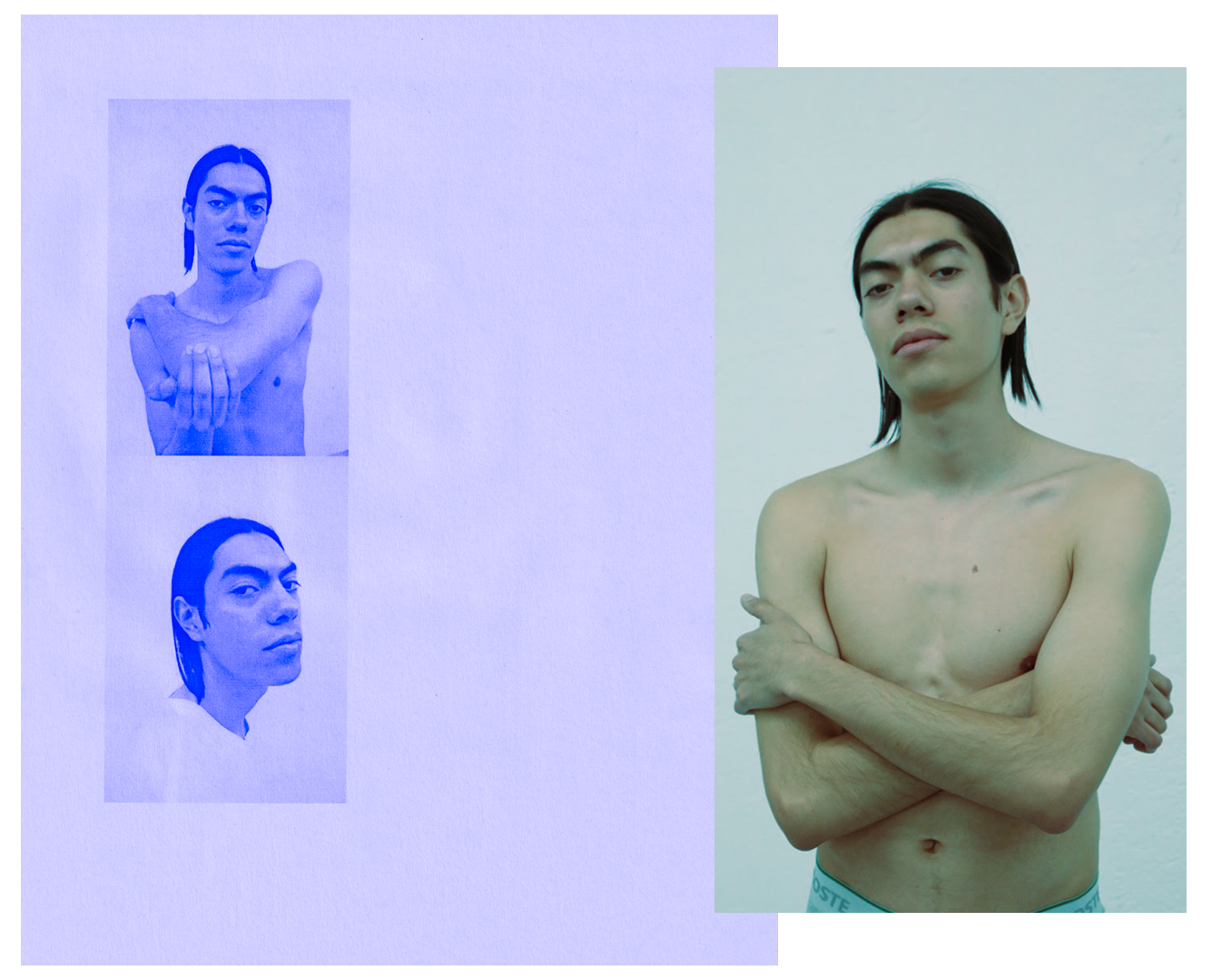
SAMUEL GUERRERO
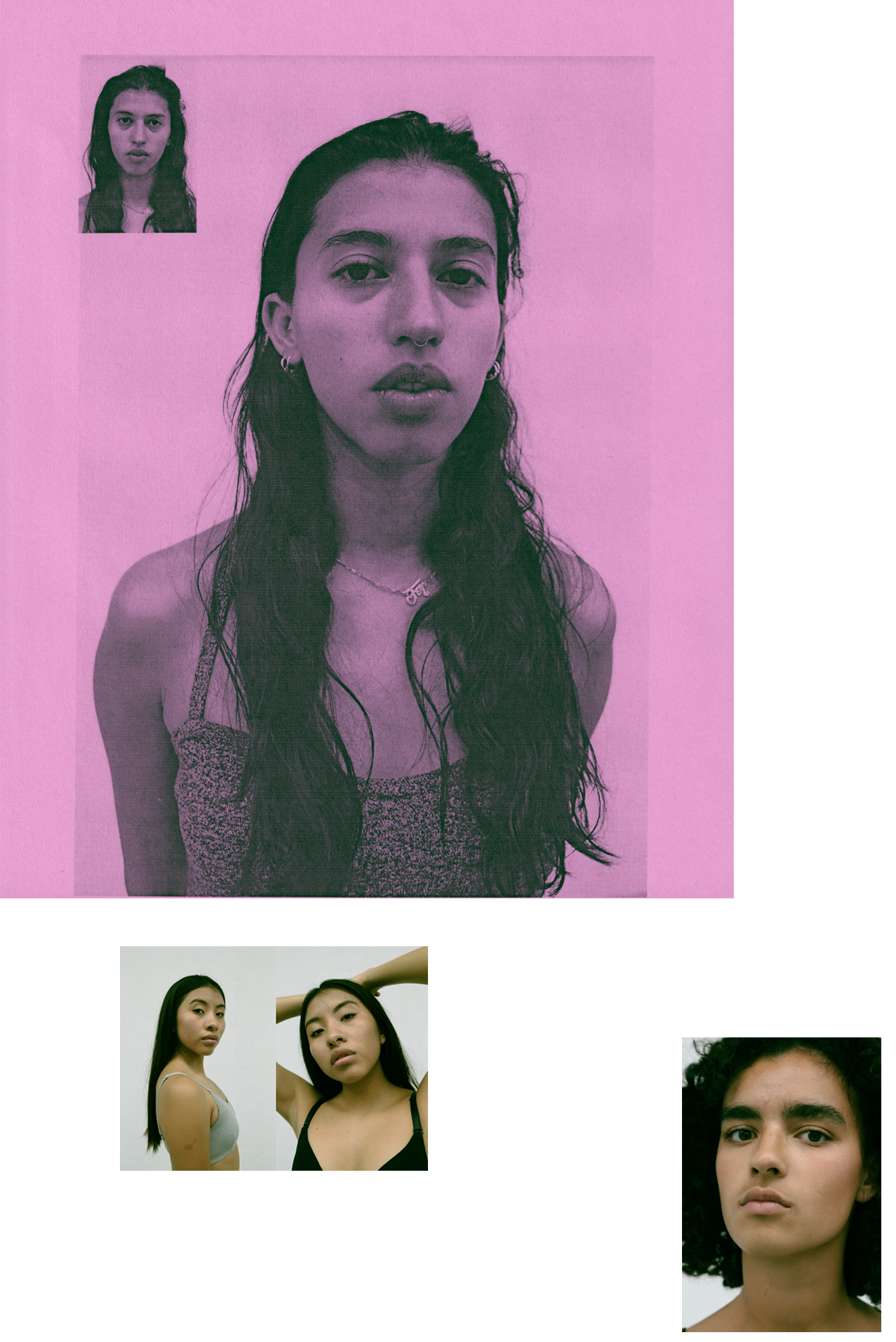
BL: How do you see the younger ‘you’, versus the ‘you’ you are today?
MO: The project in itself was a commentary about the lack of representation and in that moment with that younger perspective of ‘let’s make a change, the change is this’, meaning just looks. Those things have changed a lot, I’m in a different place, not that I don’t believe it, but that I also understand the struggle from a different place and what I can and can’t do. But it was in that spirit, the conversation about representation and the desire to see different things that from my teenage experience and growth process I didn’t get to see. I don’t know if it existed before, if it had happened in previous generations, but it’s something that I hadn’t seen or grown up with.
BL: How has your role changed?
MO: Well at that point casting was still an abstract idea, but modeling for whatever reason felt much more, ‘ah ok, the idea is to find models.’ It was easy to create relationships with people, even those who had never considered the idea. They would say, can I help you with something else, modeling is not something that I do. I’d be like, ‘no, no, no you model, the idea is that people see you and I help you find work’. It started out with that basic structure that has obviously grown in complexity and professionalism, but the beginning was to find work and bring visibility.
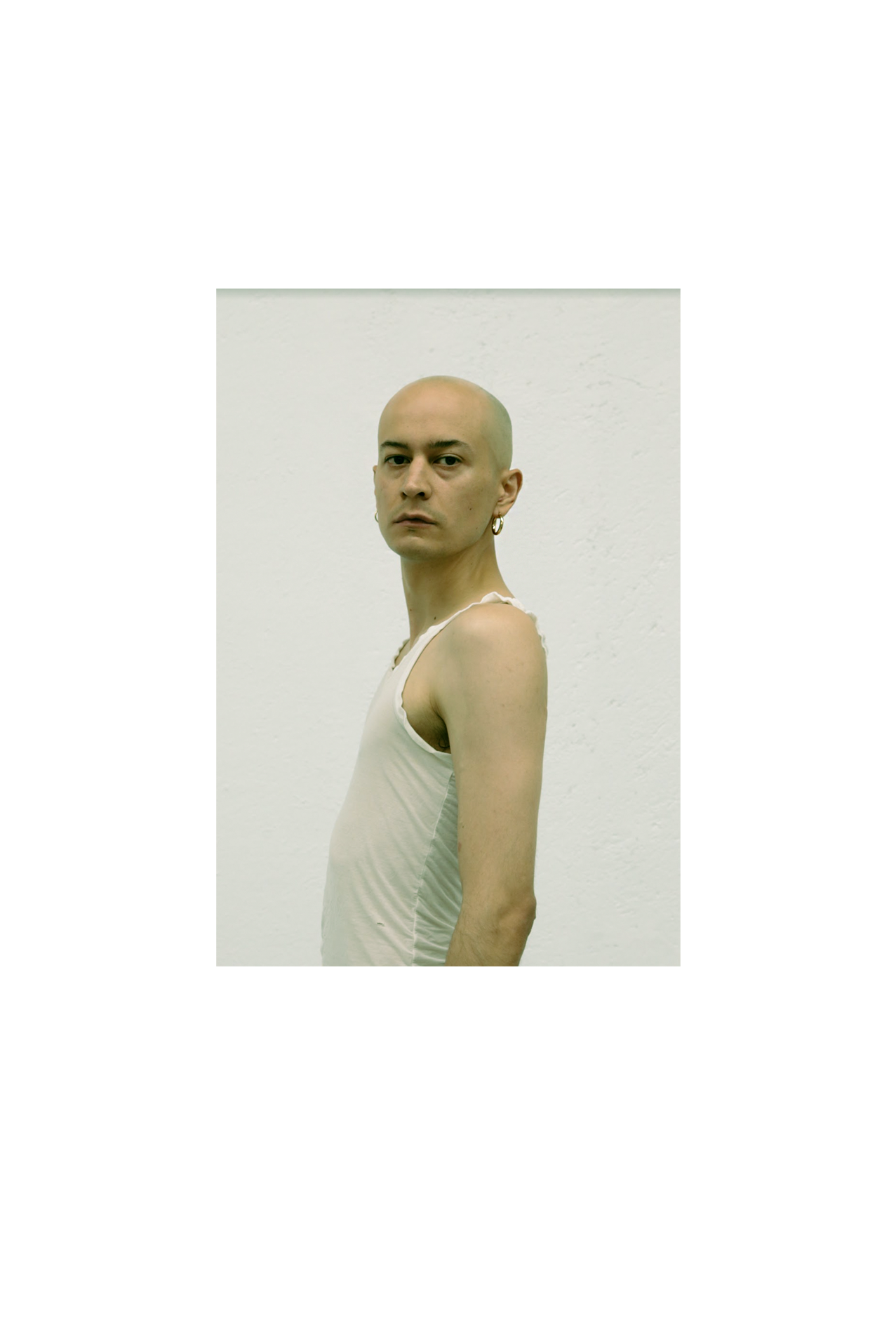
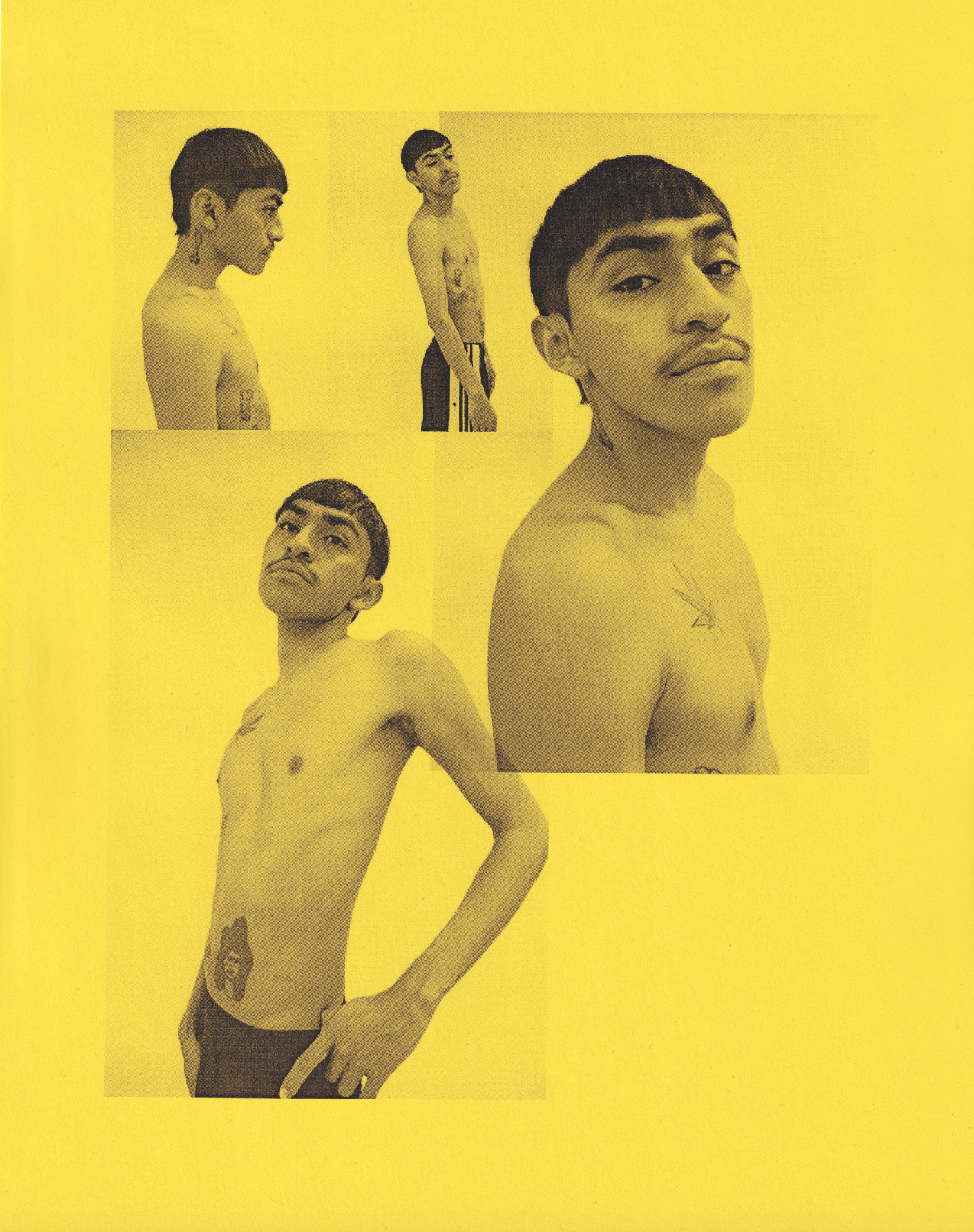
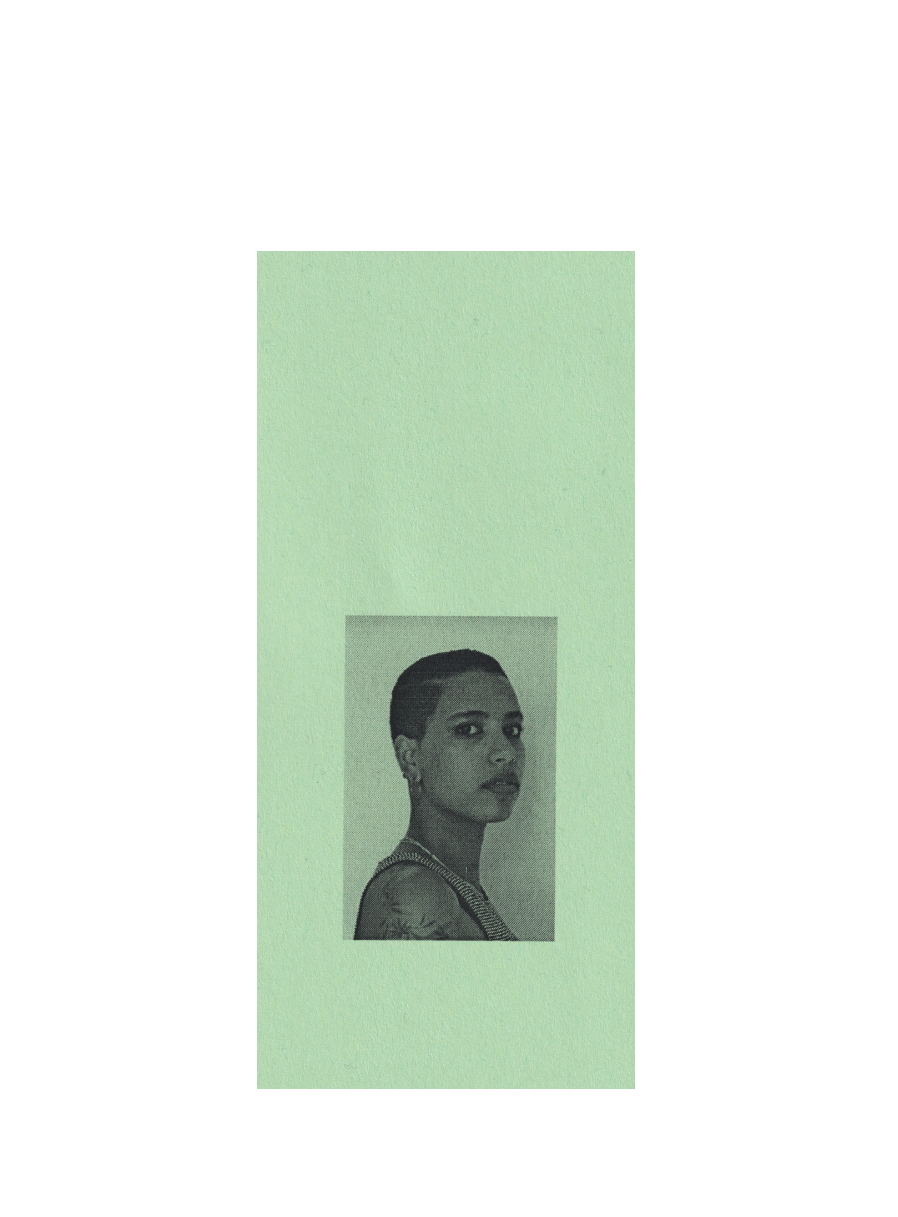
BL: When did it change from ‘just looks’ to other levels of representation?
MO: In 2016 the panorama of diversity was people with freckles or people with tattoos…dices ah ok chido…. For me of course those things are important, but it’s been difficult to break past that mold. I wanted to see people who were more relatable. I wanted to demystify the idea that is often associated with high fashion, the glamour, the limousines, the superficial. And in the process of meeting these amazing people, without knowing, I started to really learn how to cast. Casting is not simply opening an audition and filming ten thousand people. It’s about having an instinct, saying I see you doing something unique and we’re going to find the way to make it happen. And that’s when I began to immerse myself more in the world and see myself and call myself a ‘Casting Director’.
BL: It sounds like a challenge was convincing some models that they belonged in front of the camera?
MO: I always think about the client as being my first big challenge. Convincing the client that this person is a model. But in reality, now talking to you, I look back that it was also a challenge to convince the models that they can be models. But beyond convincing them of being a model, because some people had worked in front of the camera before. It wasn’t like I was inviting them to an established agency. It was a feeling of let’s walk together and see. For them it was a labor of faith. A little blind. I didn’t have examples or a portfolio or a reference. The vulnerability that followed was me showing myself to the world, doing interviews, testimonials. My clients knew I had no idea what I was doing. I was naked, saying I have no clue, but here I am. I created defense mechanisms, I had to learn as I went, ask questions, you can’t avoid making mistakes, you just have to move forward. It’s been a process with a lot of learning. Today, five years later, I feel like I’m in a completely different place with respect to the experience I’ve acquired, the things I’ve learned, the access to information, or awareness about the same discipline of balancing running an agency and being a Casting Director.
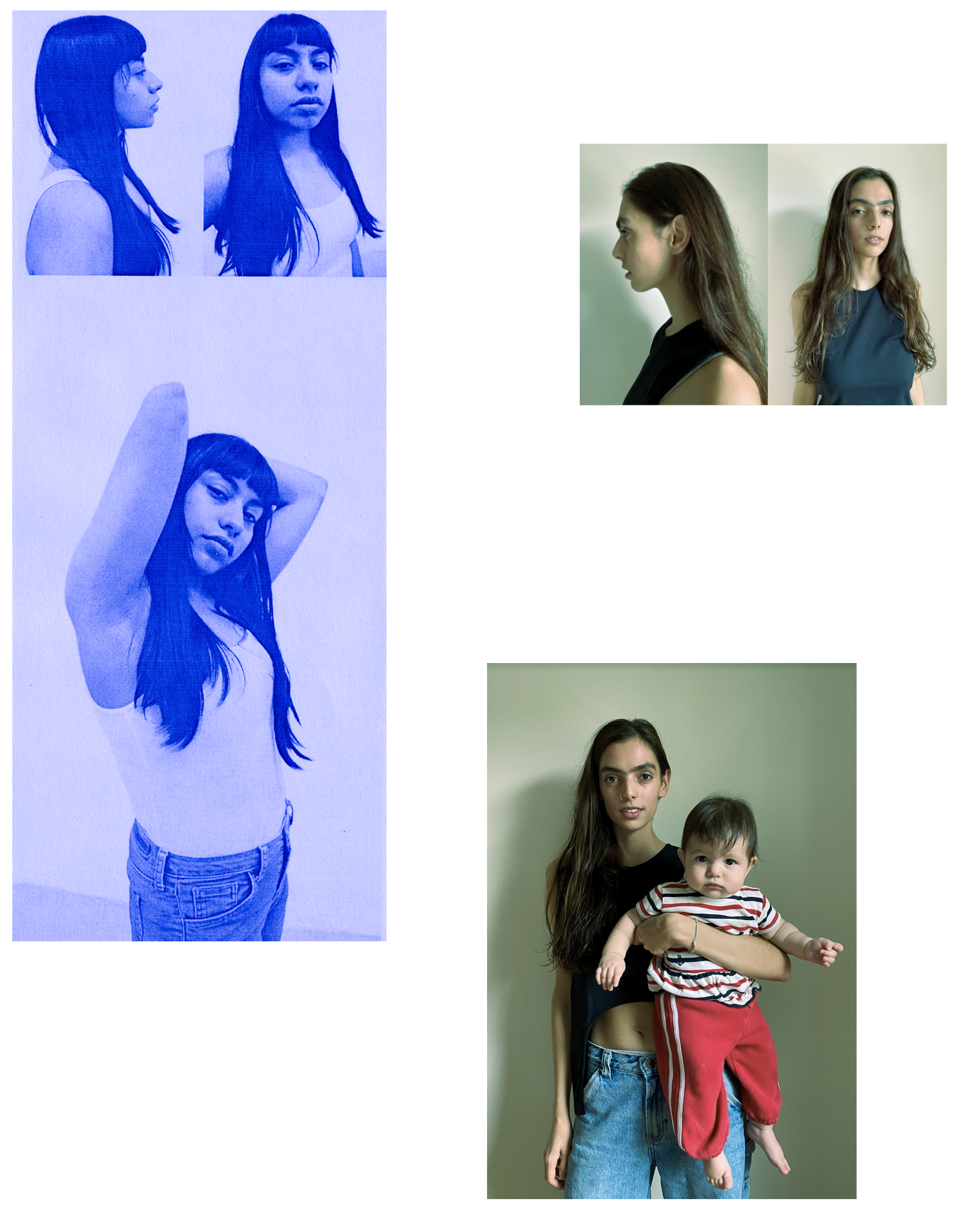
BL: It was a new space and completely new undertaking, but did you have mentors in the industry? Or people outside the industry who you admired?
MO: There was no one near me that was doing exactly what I wanted to do. But I was lucky enough to meet amazing people working in creative industries that inspired me to follow through with my ideas and consolidate those into what Guerxs is now. I always talk about Carla Valdivia and how I interned for her when I was seventeen. I remember going to NAAFI parties and seeing how they were creating community and pushing culture in CDMX. Later on meeting Victor Barragán and seeing how he was able to move through the international fashion industry while staying true to his identity was a huge inspiration.
BL: What about the models, are we happy with the visibility they are getting?
MO: The short answer is no. Unfortunately not all the models that I represent get the same level of visibility. Seems like the diversity represented in México can only have one layer. You can be queer, you can have dark skin, or you can have a different body type but if you fall into more than one category, the industry has a hard time accepting you.
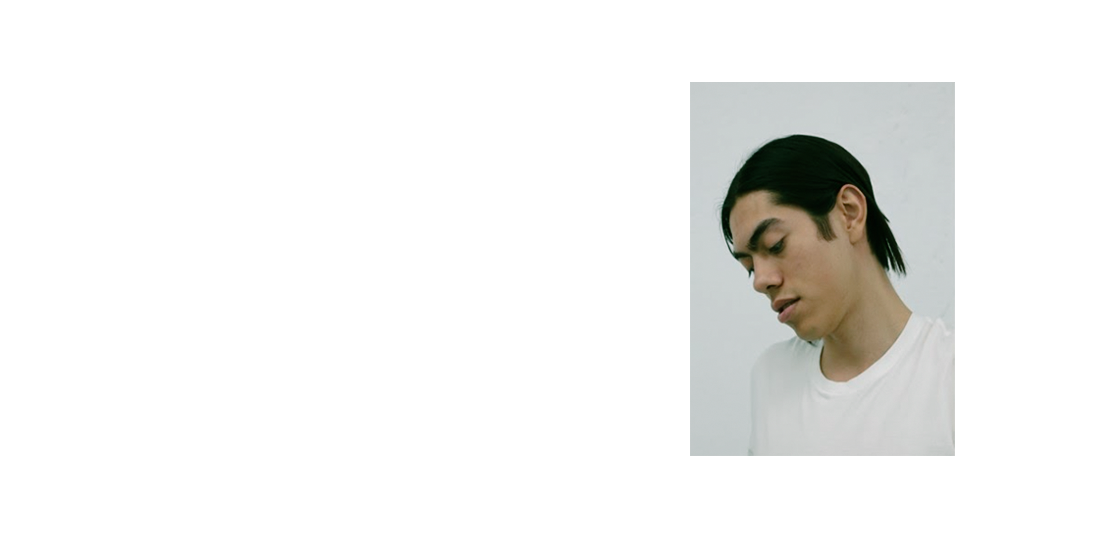
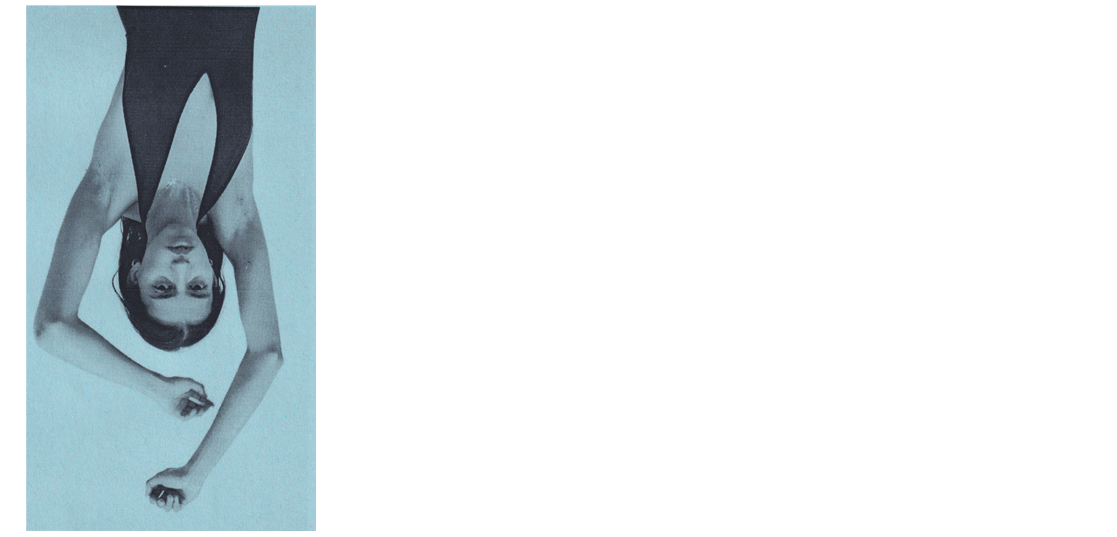
BL: The models you work with are represented in high fashion at home and abroad. How have you seen representation change in the industry in general?
MO: Representation within the modeling industry is changing and becoming more accepting. But that change needs to move to other aspects in the industry as well. It’s not only about what we visually consume but also about who is sitting at the table, making the decisions and creating the content.
BL: How does Guerxs play into the current cultural landscape? And where do you see Guerxs going next?
MO: We can’t deny the restrictive nature that a modeling agency has. However, I’m convinced that we can always push forward to ensure that our vision comes to life in the most genuine way possible. I see Guerxs becoming a more multidisciplinary platform in the future, change is the only constant and we are not afraid of facing new challenges.
